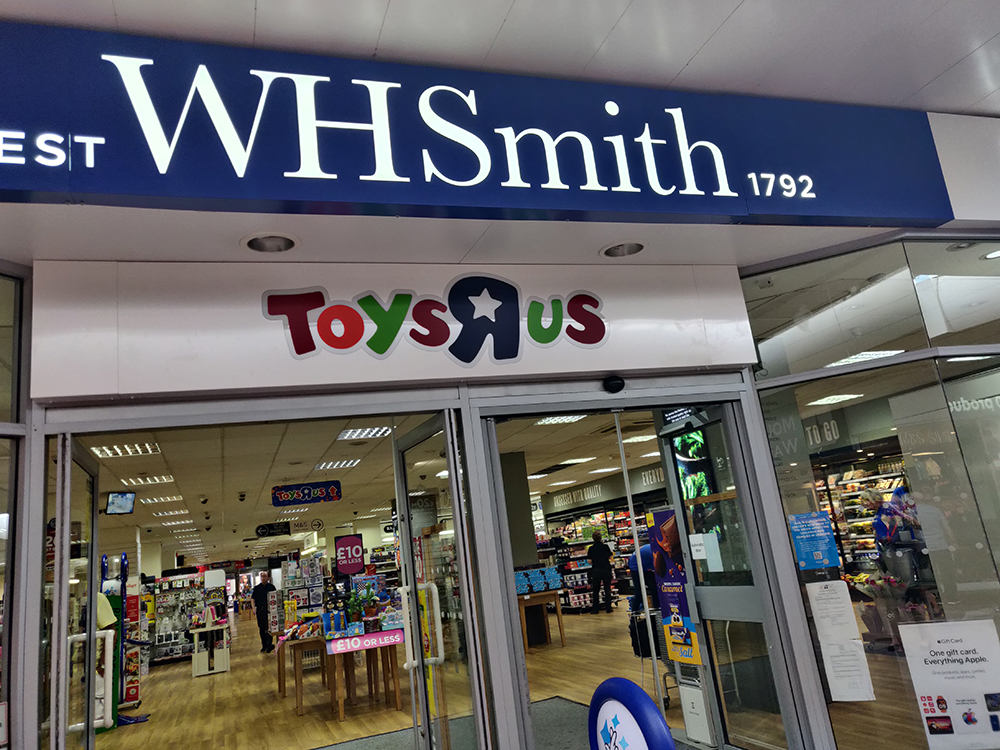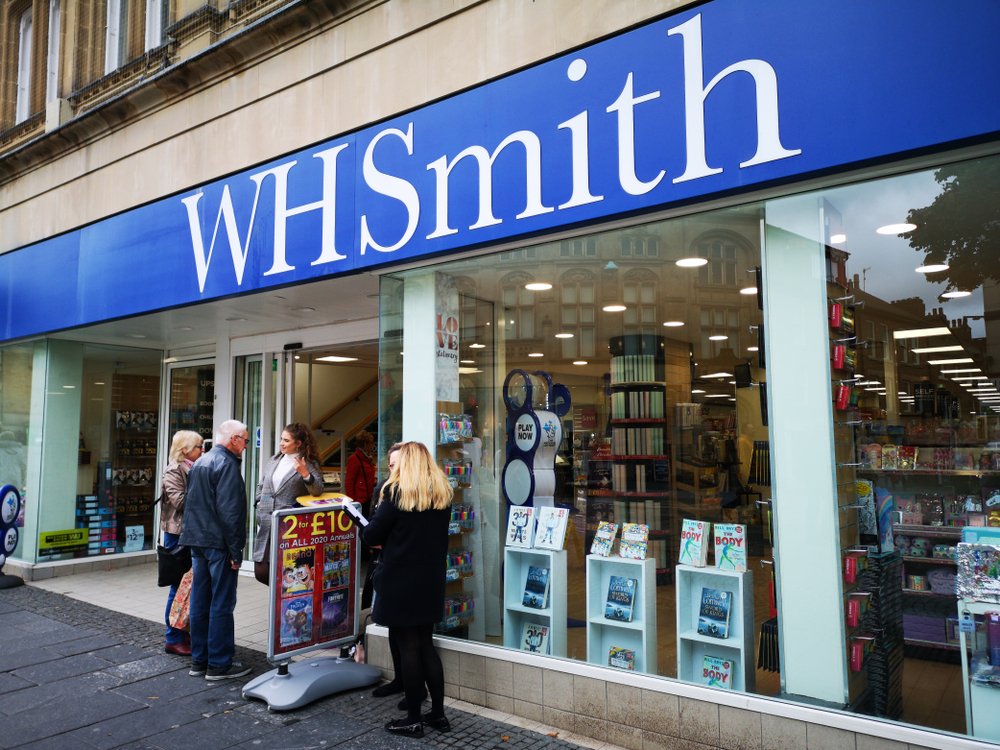With forecasts by IMRG Capgemini for e-retail sales in the UK to undergo a 12% growth and estimated to be worth £116m by year-end, retailers already not engaged with omnichannel need to carefully consider their approach for 2015.
Retailers looking to take the next step need only look to the high-street giants, and their performance during the last Christmas shopping season, to see its potential if implemented successfully and maximised to full effect. John Lewis, for example, reported a 4.8% increase in like-for-like sales in the five weeks up to 27 December. With a 62% increase in click-and-collect orders the year prior, according to Bloomberg, it‘s likely the service played a significant part.
If this isn‘t spurring enough, research by eBay and Conlumino also estimated that this past Christmas omnichannel services would be the driving force behind in-store traffic. British shoppers were predicted to make an average of three additional trips to the high-street to collect packages bought through click-and-collect services. With this in mind, most of the big chain, high-street retailers have found convincing evidence that click-and-collect is worth it. With click-and-collect now the third most popular digital service in the UK, shoppers are also obviously in love with the service and it seems a win-win situation. For shoppers, click-and-collect makes sense for a whole host of reasons. These include being able to get orders faster by reserving a product and picking-up the same day at their favoured store, avoiding the costly shipping and delivery fees, which can also cause hesitation at the check-out stage online, and an easier more convenient physical location in which to manage returns and seek expertise.
For the retailer, more options for consumers to purchase with convenience also means more online sales during the checkout process. Through click-and-collect, increased numbers of motivated shoppers visiting local stores are also more likely to make additional and last-minute impulse buys. By allowing online shoppers access to the inventory and service resources of local retail stores, products can also be added to an online mix that are typically too challenging for sale online.
The lowering of barriers to entry is also making the move to click-and-collect increasingly cost efficient for smaller and medium sized retailers. By identifying and playing on their strengths in product expertise and personalised services valued by customers, they can effectively compete with the main high-street names. Enabling high-levels of convenience through technology is key to customer loyalty.
Often perceived as too complicated to implement, especially by smaller retailers, click-and-collect is in fact fairly straightforward as long as a retailer is able to gain insight into inventory across its enterprise to enable a smoother experience. The simplest option, and often a stepping stone to more advanced possibilities, is to enable local search on the retailer‘s website, which allows an online shopper to simply see what is available locally. In this case the shopper puts in their postcode in order to see what is in stock at their local store, encouraging them to visit as they will know their size or favourite colour is in stock.
Although, we‘re still at the beginning of the click-and-collect story, there‘s no doubt its popularity will grow over the coming year. Fast-moving retailers looking to maximise this should look to make 2015 the year they unite their bricks-and-mortar with online and meet the challenge head-on.
John Pincott, European MD, Shopatron
















